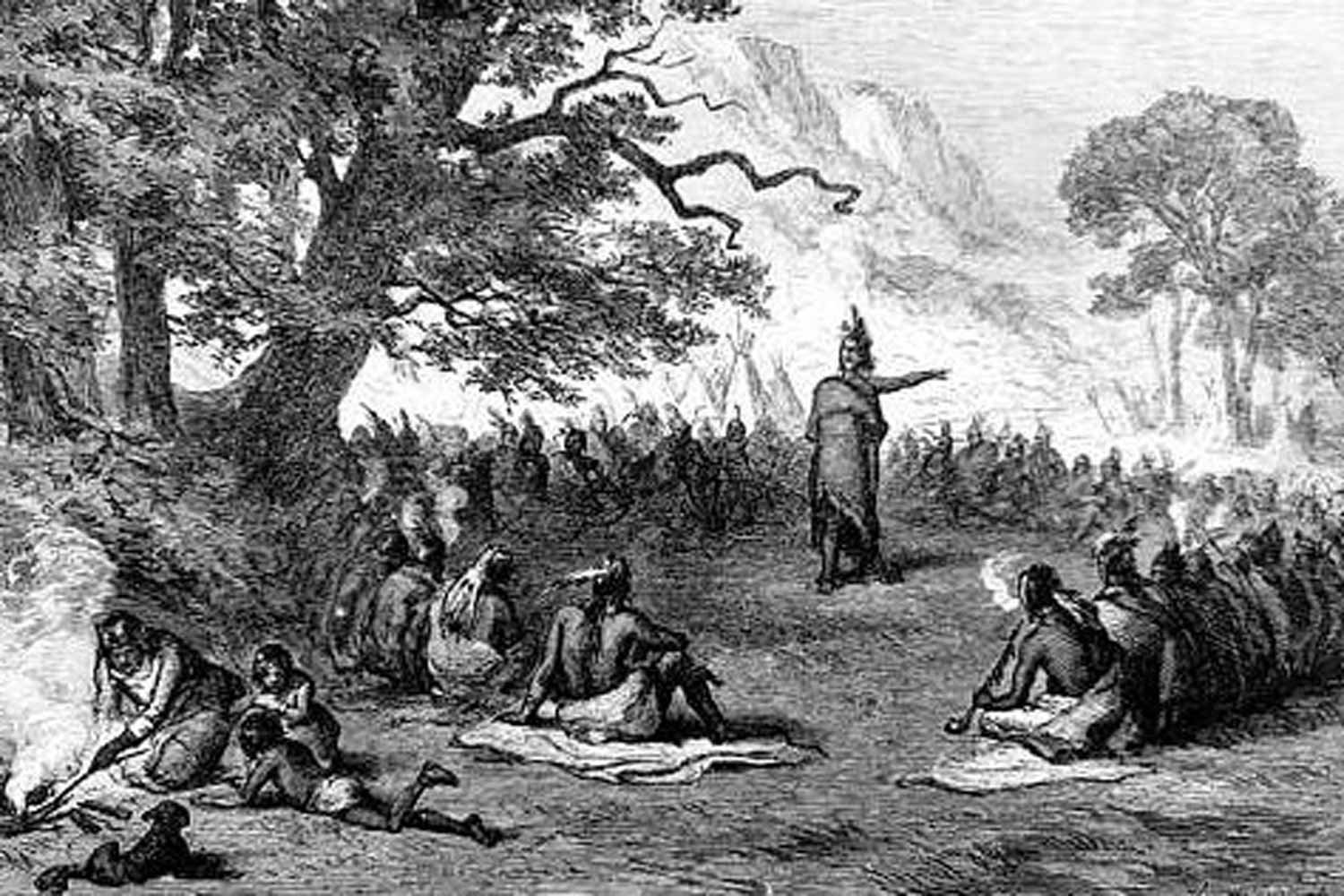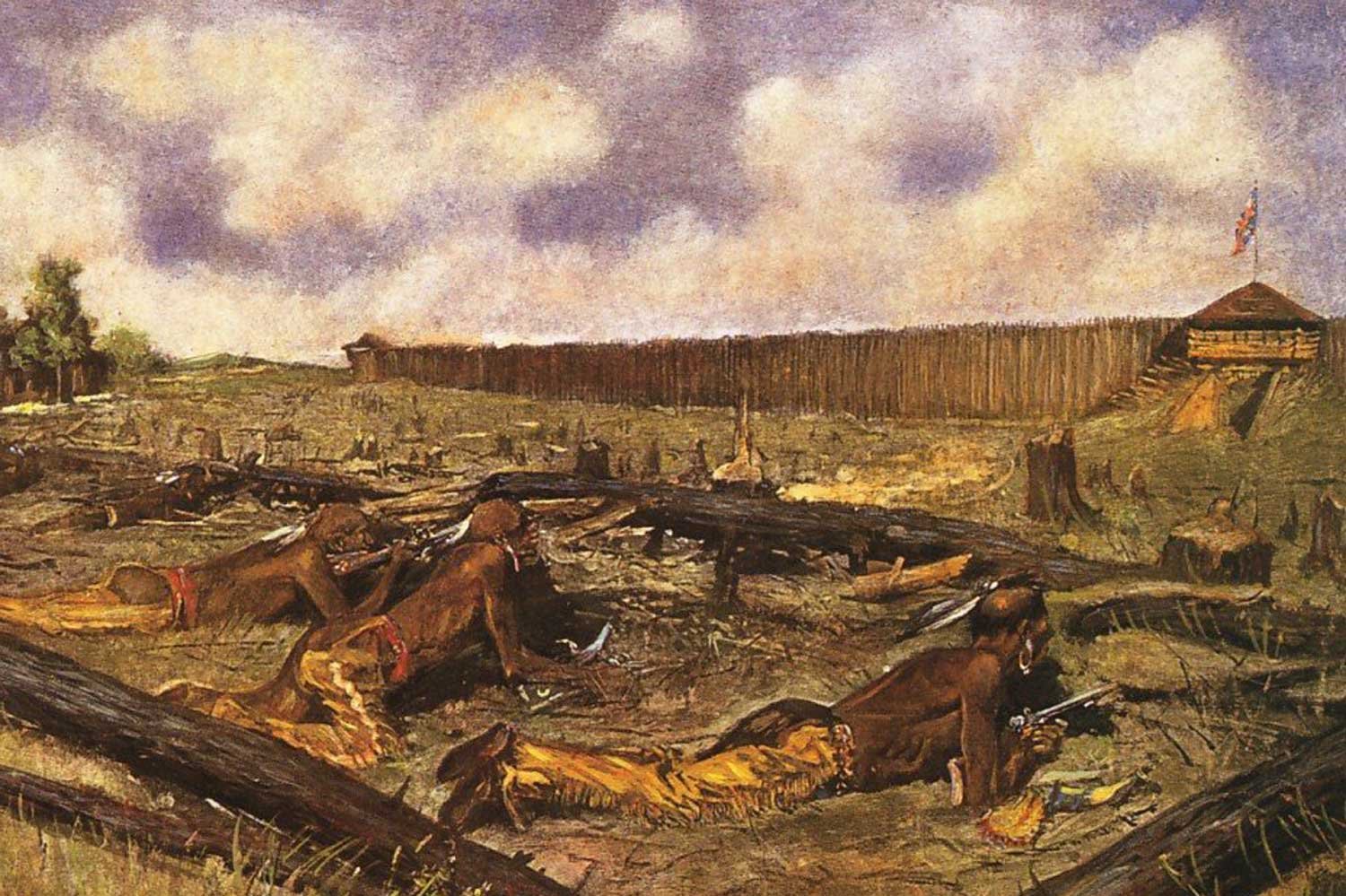Pontiac’s Rebellion Comes to an End
In October 1764, Colonel Henry Bouquet moved his army west from Fort Pitt to subdue the last of Pontiac’s rebellious allies and reestablish British authority around the Great Lakes. Bouquet led his 1,500-man force through a dense wilderness that no European army had ever penetrated. Dismayed at the size of Bouquet’s force, the Shawnee hastily pleaded for a peace conference. Finally, in the spring of 1765, British officials reached an accord with tribes in the Illinois Country, the final holdouts of Pontiac’s conspiracy. These agreements, coupled with the Royal Proclamation of 1763, achieved a sort of peace, but it was a temporary fix at best.
Tom Hand, creator and publisher of Americana Corner, discusses how the British put an end to Pontiac’s Rebellion, and why it still matters today.
Images courtesy of Britannica, Library of Congress, National Army Museum, Norman B. Leventhal Map & Education Center at the Boston Public Library, Encyclopedia Virginia, Yale University, University of Michigan Library, The New York Public Library, Wikipedia.






While Colonel John Bradstreet was relieving Fort Detroit, the southern expedition under Colonel Henry Bouquet was assembling at Carlisle before moving to Fort Pitt, the jumping off point for the campaign. Bouquet’s contingent arguably had the tougher assignment, that of penetrating deep into the heartland of the Delaware and Shawnee nations where every step through the trackless forest would be observed.